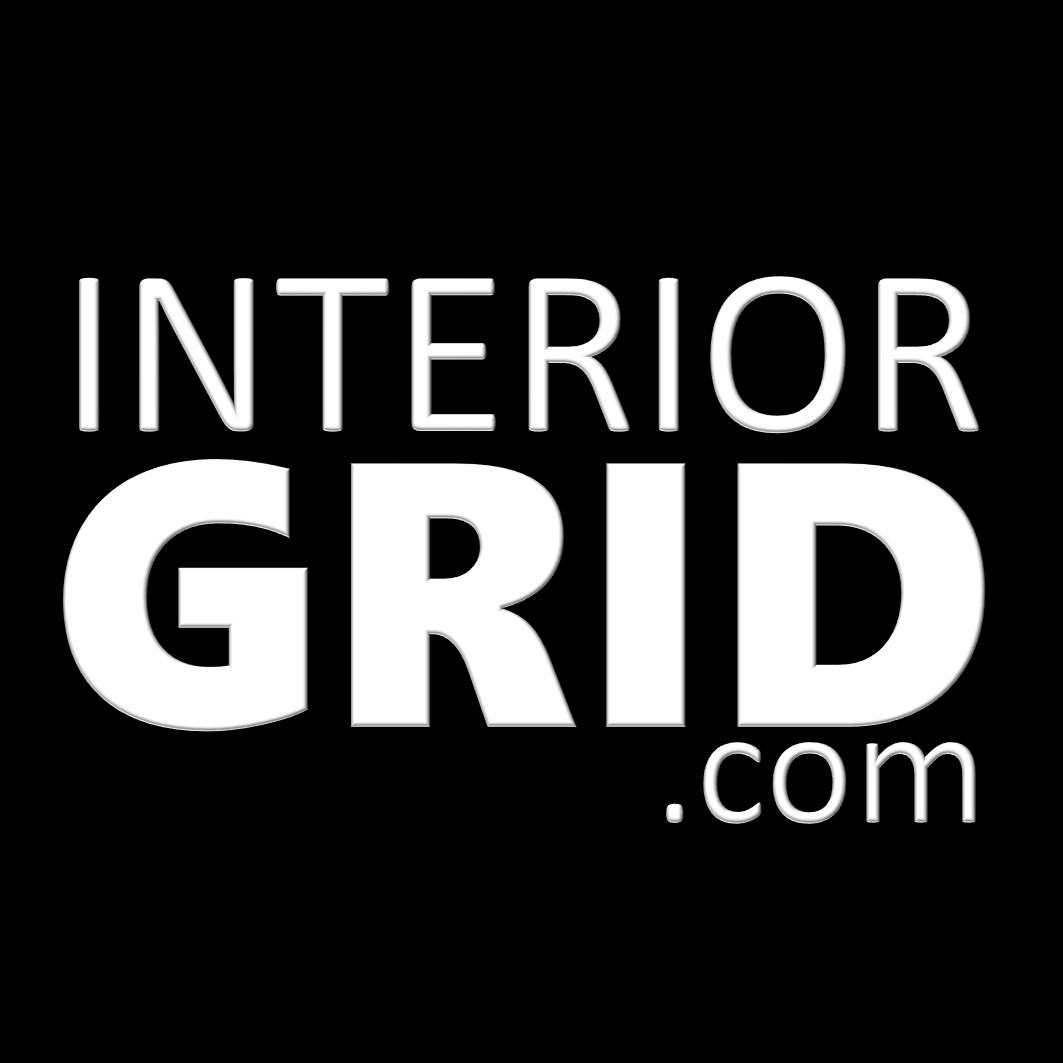Complete Kitchen Planning Guide – Step-by-Step Ideas for Functional Kitchens
Designing the heart of your home requires precision, creativity, and practicality. A carefully crafted kitchen planning guide helps homeowners balance aesthetics with usability. Since the kitchen is often the most used space in any home, poor planning can lead to clutter, inefficiency, and even safety hazards. With proper guidance, your kitchen can become a harmonious space that blends function, design, and comfort.
At InteriorGrid.com, we specialize in providing detailed insights and resources for homeowners who want to transform their kitchen into a modern, efficient, and elegant space. This comprehensive kitchen planning guide covers layouts, materials, storage, lighting, and more to make your renovation journey stress-free.
[CTA: Planning your dream kitchen? Connect with trusted modular kitchen experts on InteriorGrid.com today.]
Understanding Kitchen Layouts
Every kitchen planning guide begins with layouts because they define how efficiently you can work. The most common layouts include:
- L-Shaped Kitchens: Ideal for small to medium homes, offering corner efficiency.
- U-Shaped Kitchens: Maximum storage and worktop space for larger families.
- Parallel or Galley Kitchens: Perfect for compact apartments, focusing on workflow.
- Island Kitchens: A luxurious choice that provides additional prep and seating space.
- Peninsula Kitchens: Adds workspace without needing as much floor area as an island.
The golden rule is to maintain the work triangle—the distance between the sink, stove, and refrigerator—so tasks feel smooth and natural.
Budgeting for Your Kitchen
Your kitchen budget depends on materials, finishes, appliances, and labor. A stepwise kitchen planning guide suggests:
- Set aside 40% for cabinets and storage.
- Allocate 20% for countertops and finishes.
- Keep 20% for appliances.
- Use 10–15% for lighting, plumbing, and fittings.
- Reserve 10% for unforeseen costs.
InteriorGrid.com helps homeowners compare modular vs. custom-built kitchens for cost efficiency.
Storage Solutions
Smart storage is at the heart of every kitchen planning guide. Some essentials include:
- Tall Units for groceries and appliances
- Corner Units like carousel trays or magic corners
- Pull-Out Drawers for spices, oils, and utensils
- Overhead Cabinets for seasonal or less-used items
- Under-Sink Storage with organizers for cleaning supplies
Maximizing vertical space and integrating hidden storage prevents clutter and makes the kitchen more functional.
Material & Finish Selection
Choosing durable yet aesthetic materials ensures long-term satisfaction. Key points in this kitchen planning guide:
- Cabinets: MDF, plywood, or particleboard with laminate, acrylic, or PU finish
- Countertops: Granite for durability, quartz for elegance, marble for luxury
- Backsplash: Tiles, glass, or engineered surfaces for easy cleaning
- Flooring: Anti-skid tiles, vinyl, or engineered wood for comfort and safety
Lighting Design
A practical kitchen requires layered lighting. This kitchen planning guide suggests:
- Task Lighting over countertops and cooking zones
- Ambient Lighting for overall brightness
- Accent Lighting under cabinets or shelves for mood and style
Energy-efficient LEDs and motion-sensor lights are modern solutions that reduce costs.
Appliances & Technology Integration
The modern kitchen planning guide integrates technology for convenience:
- Built-in ovens and microwaves
- Dishwashers for hygiene
- Smart refrigerators with digital touch screens
- Induction cooktops for safety
- Chimneys with high suction for Indian cooking
Planning appliance placement in advance avoids future electrical and plumbing issues.
[CTA: Browse InteriorGrid.com for modular solutions and get professional appliance planning advice.]
Ergonomics & Safety
Safety and comfort are key in kitchens. Important considerations include:
- Optimal countertop height (32–36 inches)
- Child-proof cabinet locks for families
- Slip-resistant flooring
- Rounded edges on countertops
- Fire safety equipment nearby
Color Schemes & Aesthetics
The right palette sets the tone of the kitchen. This kitchen planning guide recommends:
- Neutral shades for timeless appeal
- Two-tone cabinets for depth
- Bold accents (like navy, emerald, or mustard) for personality
- Reflective surfaces for small kitchens
Step-by-Step Execution Timeline
A structured kitchen project reduces stress:
- Goal setting and layout planning
- Budget confirmation
- Professional hiring
- 3D design finalization
- Material purchase
- Civil and electrical work
- Cabinetry and modular installation
- Countertop fitting
- Lighting and appliance installation
- Final inspection and snag removal
Common Mistakes to Avoid
- Ignoring ventilation and chimney placement
- Choosing style over practicality
- Skipping detailed electrical plans
- Not leaving space for future appliances
- Cutting corners on material quality
Future Trends in Kitchens
The evolving kitchen planning guide includes:
- Open layouts with seamless living integration
- Smart storage with AI-enabled appliances
- Eco-friendly materials and energy-saving appliances
- Multi-functional islands for work and dining
- Minimalist aesthetics with hidden storage solutions
Conclusion
This kitchen planning guide proves that planning is everything. From layouts to finishes, every detail counts in building a kitchen that is both functional and stylish. By understanding budget allocation, smart storage, lighting, and appliances, you create a kitchen that stands the test of time.
At InteriorGrid.com, we connect homeowners with top interior designers, modular kitchen brands, and verified contractors to make the entire process smooth and transparent. Whether you want a sleek modern design or a traditional family kitchen, the right planning makes it achievable.
[CTA: Start your kitchen planning journey with InteriorGrid.com – connect with experts today.]





